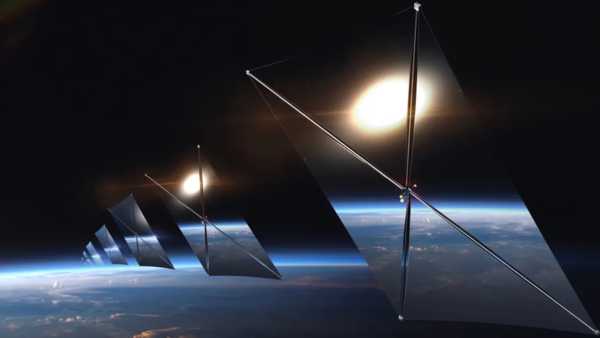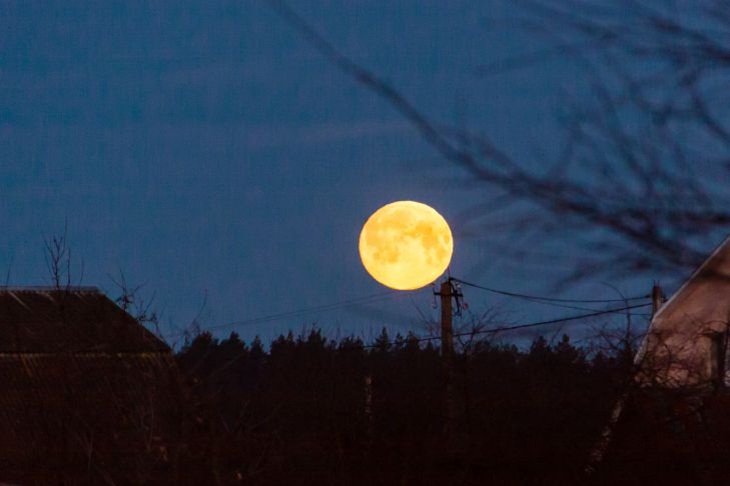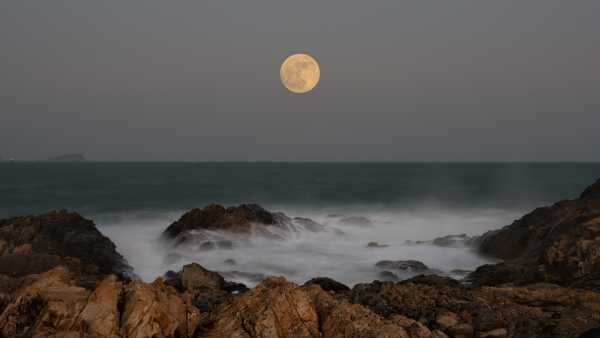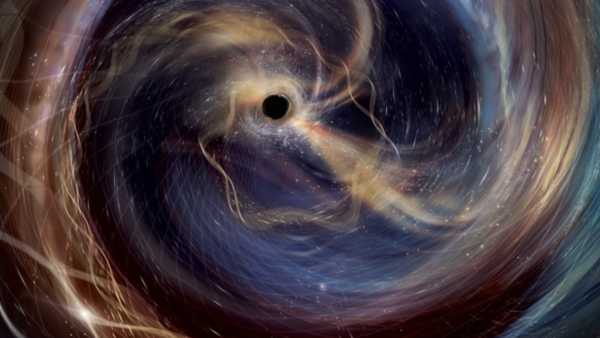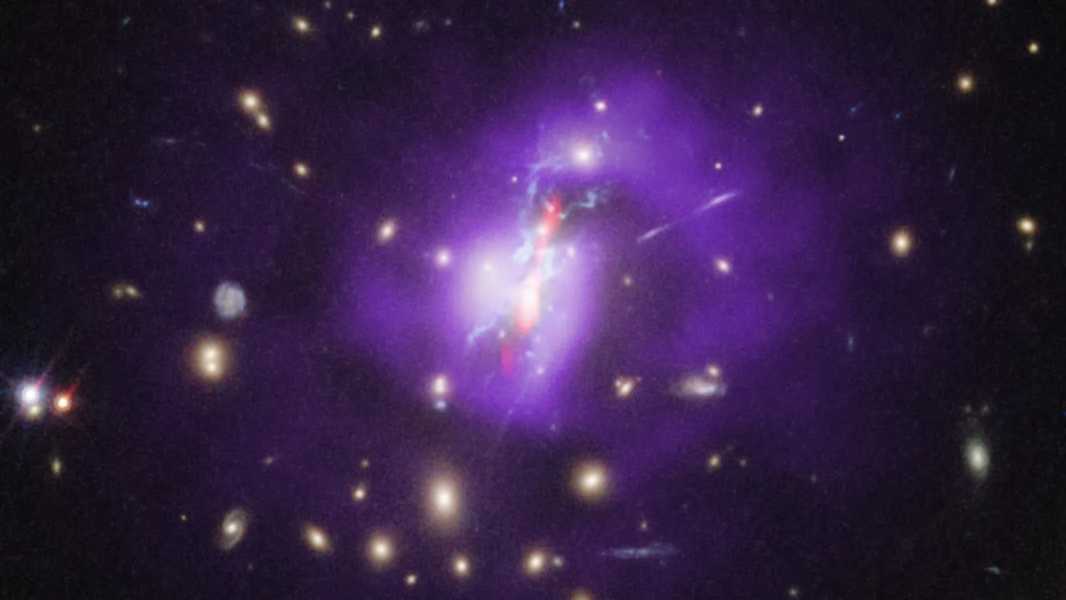
An image of the Phoenix Cluster taken by the Hubble Space Telescope, the Chandra X-ray Observatory, and the Very Large Array radio telescope. (Image credit: NASA, CXC, NRAO, ESA, M. McDonald (MIT).)
How to cool a phoenix? I don't mean the mythical birds associated with fire and rebirth, but rather a cosmic counterpart with a corresponding fiery nature.
Using the James Webb Space Telescope (JWST), astronomers may finally have an answer. They used the powerful tool to study the extreme cooling of gas in the Phoenix Cluster, a group of galaxies bound together by gravity about 5.8 billion light-years from Earth.
Stars can only form when gas is cool enough to condense into dense clouds, so researchers are particularly interested in how the Phoenix Cluster produces stars. Indeed, stars are forming at an incredible rate in this region of the universe.
This astonishing speed is maintained despite the presence of a supermassive black hole at the center of the Phoenix cluster, which is 10 billion times more massive than the Sun. This gigantic black hole acts as a natural particle accelerator, accelerating gas and keeping it hot — which, according to theory, should prevent star formation.
This apparent contradiction has made the Phoenix cluster a target for scientific study.
However, the new JWST study may finally resolve this uncertainty, building on decades of previous observations using the Hubble Space Telescope, the Chandra X-ray Observatory, and a host of ground-based observatories.
“We can compare our previous studies of the Phoenix Cluster, which found different cooling rates at different temperatures, to a ski slope,” said Michael McDonald of the Massachusetts Institute of Technology in Cambridge and the lead investigator of the program in a statement. “The Phoenix Cluster has the largest reservoir of hot, cooling gas of any galaxy cluster — it's like the busiest ski lift that gets the most skiers to the top of the mountain. However, not all of those skiers go down the mountain, which means not all of the gas cools to low temperatures.
“If you had a ski slope where the number of people coming off the lift significantly exceeded the number coming down, that would be a problem!”
The group believes that JWST has finally found the “missing skiers” stuck halfway down the Phoenix cluster's temperature “mountain.”
“Missing Skiers” on the Phoenix Cluster
Using JWST's Mid-Infrared Instrument (MIRI), the team collected two-dimensional spectroscopic data from the region of the sky containing the Phoenix cluster, thereby studying the core of this galaxy group with unprecedented precision.
This allowed the researchers to identify the “missing” cooling gas that helps form stars. They also found that this gas, which has a temperature of about 540,000 degrees Fahrenheit (300,000 degrees Celsius), is located in cavities in the Phoenix cluster.
Sourse: www.livescience.com


